Like a talent or a skill, leadership is something that some individuals are more naturally inclined towards compared to others. But even if some people seem to be “born leaders” due to their natural disposition or the accumulation of their past experiences, that doesn’t mean that they have nothing to learn from the leadership process. It’s also worth considering that even if an individual has been in a managerial position, supervisory position, or another type of leadership role for a long time, they aren’t immune to making mistakes.
Sometimes, when certain leadership approaches go unchecked for too long, negative leadership habits can take root, ultimately to the detriment of the organisation. Below are Ross Judd’s insights on the four worst leadership styles, plus what kinds of leadership approaches we recommend you implement in your company instead.
The Micromanaging Leadership Style
One negative leadership style that’s become prevalent as of late is the micromanagement approach. When faced with unique challenges, like that of leading a remote team, some leaders take it upon themselves to get involved in each of their staff members’ tasks and to have a say in every type of decision their staff members make.
Though often implemented with the best of intentions, like keeping productivity high and getting projects out on time, this leadership style ultimately does more harm than good. It takes the leader’s focus away from the tasks and decisions that they’re actually responsible for, and it decreases the healthy autonomy that other team members are meant to have. If you’re in a leadership role yourself, try to resist the urge to micromanage. Instead, give your staff opportunities to step up in their roles.
The Autocratic Leadership Style
Another leadership style that we don’t recommend is the autocratic or absolutist approach. In this approach, the leader’s word is taken as the law, and no other methods or perspectives can be entertained or considered valid.
Of course, being a leader means embracing the authority that’s been entrusted to you by your organisation. But remember that you aren’t the only one who’s striving to uphold your company’s interests, and you aren’t the only person who’s capable of making a positive impact on the way things are done.
Knowing that, be sure to exercise some humility in your job and to be open-minded around your teammates. Having this kind of disposition as a leader will make it easier for you to unlock great ideas from among your staff—and to share in the company’s successes together.
The Overly Critical Leadership Style
Yet another leadership style to watch out for is the kind that relies on sharp critique and not much else. While staff members shouldn’t be coddled by their leaders, they shouldn’t be subjected to nothing but endless critique about their work performance either.
If it’s your goal to avoid becoming a toxic workplace, refrain from a leadership style that skews heavily on criticism. Don’t hold back from offering constructive and valid critique, but consider the right tone to use and the right time to bring such matters up. Balance your critique out with affirmation for your staff when it’s rightfully due, and demonstrate a willingness to support them and to help them improve.
The Hands-Off Leadership Style
The exact opposite of the micromanaging style detailed above, the hands-off leadership style pertains to an approach that’s as minimally involved as possible. The hands-off leader checks on their team’s progress only once in a while, if at all. They may also put off necessary feedback or corrections to the team’s workflow until the very last minute.
A leader may want to loosen their grip on the reins if they believe in the performance of their team members. But even if you’ve got the most skilled, talented, and competent team around, remember that it pays to check up on each other regularly and to keep the lines of communication open. Being just involved enough in your team’s affairs will strengthen your collective morale, and it will also help you pick up the pieces on the rare occasion that something doesn’t go according to plan.
The Team Focus PLUS Way: Leading from Within and with Your Company’s Culture in Mind
Ross Judd believes that good leadership can’t be cultivated in isolation. Effective leadership can produce as well as sustain a healthy work culture, and it can bring the best out of multiple generations of leaders. Strive to be a focused leader and a good role model to your team members, and see the ripples of change that it will make across your organisation.
To learn more about the best leadership styles to emulate, as well as to encourage future leaders within your organisation’s culture, reach out to Ross Judd. Sign up for one of the coaching programs designed by culture coach Ross Judd, and learn about practising a management style rooted in Engagement, Leadership, and Purpose.
If you want to know more, call us on 1300 551 274 or send an email at team@teamfocusplus.com. We look forward to hearing from you.





